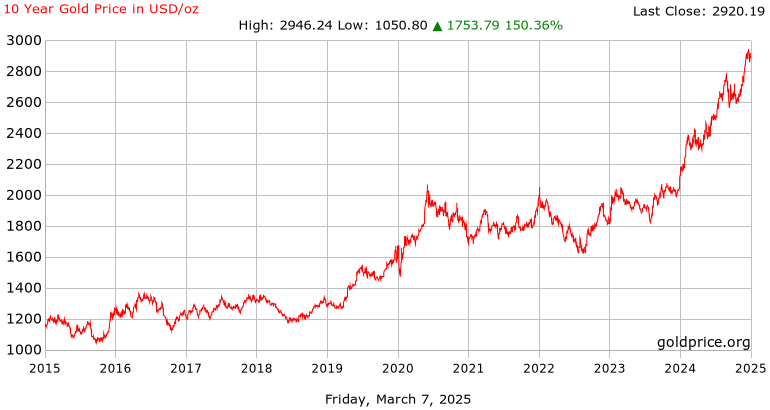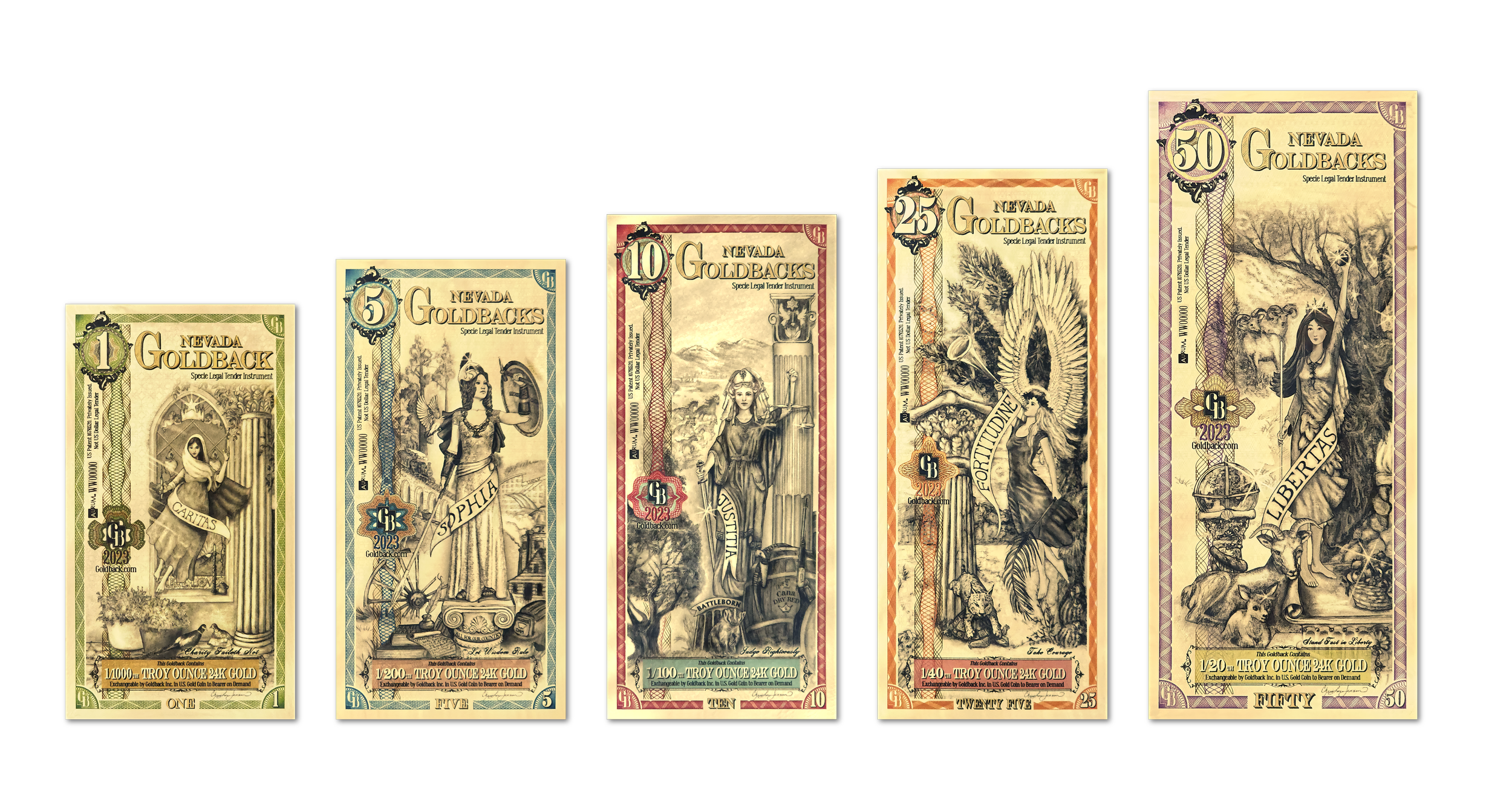Gold has long been revered as a store of value and hedge against economic uncertainty. But traditional gold ownership comes with challenges like high upfront costs and storage concerns.
That’s where gold leasing enters the picture as an innovative financial strategy gaining traction among savvy investors.

Gold leasing allows you to tap into the value and benefits of gold without actually owning it outright. And when combined with cutting-edge products like Goldbacks, it opens up exciting new possibilities for incorporating gold into your financial plans.
As a leader in this space, Alpine Gold Exchange offers both gold leasing and purchasing options to suit a variety of investment needs. Let’s explore the ins and outs of gold leasing and how Alpine Gold Exchange is changing the way we think about and use gold as a financial asset.
Understanding the Basics of Gold Leasing
At its most basic level, gold leasing involves borrowing gold for a set period of time in exchange for a fee. This arrangement provides access to gold’s value without the substantial capital outlay required to purchase it outright.
For gold owners, leasing allows you to generate income from idle gold assets as opposed to having them sit unused in storage. And for those looking to use gold for business or investment purposes, leasing provides a way to do so without tying up large amounts of capital in physical gold purchases.
Interestingly, gold lease rates tend to be lower than interest rates for cash loans in many cases. This makes gold leasing an attractive financing option, which explains why central banks and major financial institutions have been key players in the gold leasing market for decades.
Key Benefits of Gold Leasing
Gold leasing offers several compelling advantages:
Lower upfront costs: Leasing requires far less capital than purchasing gold outright, making it more accessible.
Flexibility: Lease terms can be customized to fit your specific needs and timeframe.
Potential tax benefits: In some cases, lease payments may be tax-deductible as a business expense.
Hedge against price fluctuations: Leasing can provide exposure to gold without the risk of owning it if prices decline.
Income generation: Gold owners can earn passive income by leasing out their holdings.
Access to larger quantities: Leasing may allow you to control more gold than you could afford to purchase.
Alpine Gold Exchange: Pioneering Gold Leasing and Innovative Products
Alpine Gold Exchange has established itself as a leader in making gold more accessible and practical for everyday investors. They offer a range of gold leasing services for both individuals and institutions.
But what really sets them apart is their commitment to bridging the gap between traditional currencies and gold through innovative products.
Introducing Goldbacks: A Revolutionary Gold-Backed Currency
One of Alpine Gold Exchange’s most highly valuable offerings is Goldbacks. Introduced in 2019, Goldbacks are a form of physical gold currency actually backed by real gold.
They aim to make gold ownership and usage more practical for everyday transactions.
Each Goldback contains a small, precise amount of physical gold, allowing you to own and use gold in smaller denominations than traditional bullion. They mix gold’s stability and value preservation with the convenience of paper currency.
Goldbacks are designed to be durable, easily recognizable, and difficult to counterfeit. They’re even recognized as legal tender in some U.S. states, meaning you can actually use them to make purchases in those jurisdictions.

The Gold Leasing Process with Alpine Gold Exchange
If you’re interested in leasing gold through Alpine Gold Exchange, here’s a general overview of how the process typically works:
- Initial consultation: Contact Alpine Gold Exchange to discuss your gold leasing needs and goals.
- Determine lease parameters: Work with their team to decide on the amount of gold you want to lease and the desired lease term.
- Review and agree on terms: Go over the proposed lease rate and other contract details.
- Sign the agreement: Once you’re satisfied with the terms, sign the official lease agreement.
- Receive leased gold: Depending on the arrangement, you’ll either receive physical gold or its equivalent value.
- Make periodic payments: Pay the agreed-upon lease payments according to the schedule.
- End of lease options: When the lease term ends, you can either return the gold or potentially renew the lease.
Be aware that gold leasing can be structured in various ways. Some leases involve physical delivery of gold, while others are settled in cash.
Alpine Gold Exchange can help you decide which option aligns best with your specific needs and goals.
Navigating Potential problems in Gold Leasing
While gold leasing can be a lucrative strategy, it’s crucial to be aware of potential risks:
Market volatility: Gold prices can fluctuate significantly, which could impact the value of your leased gold.
Counterparty risk: It’s essential to work with a reputable company like Alpine Gold Exchange to minimize the risk of default or other issues.
Regulatory landscape: The gold leasing market is less regulated than traditional financial markets, which could lead to unexpected changes in rules or oversight.
Complex lease terms: Make sure you fully understand all aspects of your lease agreement, including early termination penalties and rollover options.
To mitigate these risks, thorough research is key. Stay informed about current gold market trends, carefully review all lease terms, and don’t hesitate to ask questions if anything is unclear.

Integrating Gold Leasing into Your Financial Strategy
One of gold leasing’s greatest strengths is its versatility. It can be adapted to complement a wide range of financial strategies:
Hedging: Use gold leases to protect against currency fluctuations or inflationary pressures.
Passive income: If you own gold, leasing it out can generate a steady stream of income.
Portfolio diversification: Add gold exposure to your investment mix without the need for large capital outlays.
Short-term financing: Leverage gold leasing as a cost-effective way to get financing for business opportunities or other investments.
Practical Exercises to Develop Your Gold Leasing Expertise
To truly grasp the nuances of gold leasing, consider these hands-on exercises:
Create a mock lease: Set up a hypothetical gold lease scenario and track how changes in gold prices would affect your returns over time.
Monitor the market: Follow gold lease rates closely and try to forecast how they might shift based on economic news and broader market trends.
Goldback budgeting: Challenge yourself to use Goldbacks for a set period to understand their practical applications and potential limitations in everyday transactions.
Comparative analysis: Conduct a detailed cost-benefit analysis comparing gold leasing to outright purchase for various investment scenarios.
These exercises will help you develop a more intuitive understanding of gold leasing mechanics and its potential role in your broader financial strategy.
Goldbacks: A Closer Look at This Innovative Currency

Let’s explore further into the fascinating world of Goldbacks and explore how they’re changing the landscape of gold ownership and usage:
Physical composition: Each Goldback contains a precise amount of 24 karat gold, vacuum-sealed between layers of durable polymer. This construction makes them resistant to wear and tear while preserving the intrinsic value of the gold.
Denominations: Goldbacks come in various denominations, typically ranging from 1/1000th of an ounce to 1/20th of an ounce of gold. This allows for practical use in everyday transactions.
Artwork and security features: Goldbacks feature intricate designs that make them visually appealing and incorporate advanced security measures to prevent counterfeiting.
Legal tender status: In states like Utah and Nevada, Goldbacks are recognized as legal tender, meaning businesses can accept them as a form of payment.
Fractional gold ownership: Goldbacks make it possible to own and transact with very small amounts of gold, opening up gold ownership to a broader range of people.
Potential for appreciation: As both a currency and a gold product, Goldbacks have the potential to appreciate in value over time.
People Also Asked
What is the current gold lease rate?
Gold lease rates range from 2% up to 3.5%
Click here to see your rates with Alpine Gold Exchange.
Are Goldbacks accepted everywhere?
Goldbacks are now recognized as legal tender in various U.S. states like Utah, Nevada, New Hampshire, Wyoming, South Dakota, and Florida . Acceptance in other areas may vary, but they can generally be bought, sold, or traded like other gold products.
Can I convert my leased gold to Goldbacks?
This would depend on the specific terms of your lease agreement and the policies of your leasing provider. It’s best to discuss this option directly with a company like Alpine Gold Exchange.
What documentation is required for gold leasing?
Typical documentation for gold leasing includes proof of identity, financial statements, and a signed lease agreement. Specific requirements may vary depending on the leasing provider and the amount of gold involved.
Can I terminate a gold lease early?
Many gold lease agreements include provisions for early termination, but this may come with penalties or fees. It’s crucial to understand these terms before entering into a lease agreement.
Alpine Gold Exchange requires 60 days notice for lease termination.
Key Takeaways
- Gold leasing offers a unique way to access gold’s benefits without large capital outlays.
- Alpine Gold Exchange provides both traditional gold leasing and innovative products like Goldbacks.
- Goldbacks represent a practical, gold-backed currency for everyday transactions.
- Understanding lease terms and market dynamics is crucial for successful gold leasing.
- Gold leasing can be adapted to various financial strategies, from hedging to income generation.
- Practical experience and ongoing education are essential for mastering gold leasing.
- Consider environmental and ethical factors when engaging in gold leasing activities.
- Integrate gold leasing thoughtfully into a diversified investment portfolio for optimal results.
Disclaimer
We are not a spokesperson for Alpine Gold Exchange, nor are we affiliated with their company in any official capacity. We represent our own business, Prestige Gold Club, and the views expressed here are solely ours. Any products or services mentioned are for informational purposes, and any purchases made through affiliate links may result in a commission for Prestige Gold Club.